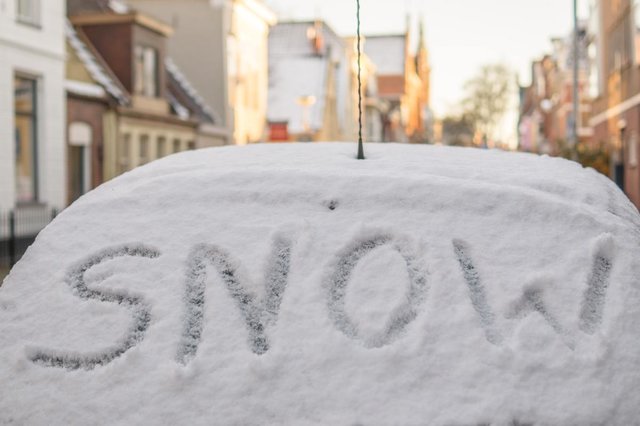Winter Car Tune-up Checklist
The side of the road is no place to be stuck during winter’s frigid temperatures. To keep your car humming right along, it is best to schedule a winter tune-up with an auto mechanic you trust.
The checklist below outlines the key areas your mechanic should inspect to detect any problems that might leave you out in the cold.
Brakes
Slick, icy roads are even more dangerous when your brakes are uneven. Your mechanic should check them to make sure they are equalized and not pulling to one side.
Cooling System
Your cooling system should be flushed every few years with an effective chemical cleaner and filled with new anti-freeze. At this time, your mechanic should also check the system’s belts, hoses, containers, pressure caps, and thermostat.
Battery
Your car battery is not a fan of cold weather. If you’ve had the same battery for a few winters, have it checked and ensure the connections are tight, clean and corrosion-free.
Engine
Having your mechanic perform a pre-winter diagnostic check on your engine is a smart investment that will help ensure your car starts when you want it to. Before winter is also the perfect time to get a tune-up if your maintenance schedule calls for one. Either of these services will detect faulty spark plugs, pressure leaks, wiring issues, or other engine concerns that could be problematic down the road.
Exhaust System
Carbon monoxide leaks are even more troublesome in the winter when you keep your car windows closed. Have your mechanic check your muffler and tailpipes for issues.
Heaters, Defrosters, and Wipers
A clear view of traffic is essential when the weather is bad. Have your mechanic inspect your wipers, windshield, defrosters, and heaters for proper functioning. This is also the perfect time to buy winter wiper blades and cold-weather washer fluid.
Oil and filters
Dirty oil and filters are no way to start the winter season. Get an oil change and replace any worn filters including oil, air, fuel, and transmission.
Tires
Improve your car’s traction in the snow by installing snow tires on all four wheels. Also, remember to check your tire pressure regularly throughout the winter. Whenever the temperature decreases by 5⁰ C, your tire pressure will go down one pound.
WINTERIZE YOUR TRUNK
Be prepared for tricky weather conditions by traveling with the following equipment:
– Battery jumper cables
– Snowbrush and windshield scraper
– Lightweight shovel
– Wire traction mat or bag of sand
– Inflated spare tire
– Wheel wrench and jack
– Flashlight and flares
– Blanket
– Candles/lighter/matches
– Emergency snacks
– Insulated winter boots
– Hat and warm clothes
– Large box of facial tissues
– First aid kit
– Small heating cans
BE ON THE DEFENSE
Winter calls for defensive driving. Take extra caution in the following ways:
– Remove snow and ice from your car before driving
– Give yourself more time to travel
– Be ready to respond to icy roads
– Look out for unsafe drivers
– Allow more space between your car and others
When the temperature drops to -20⁰C (-4⁰F), use a block heater to keep your engine oil and coolant warm. This helps your car start easily and can improve your fuel economy by 10 percent. A timer will help you switch on the block heater two hours before you expect to drive.
